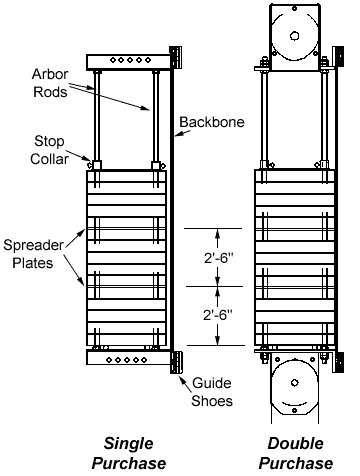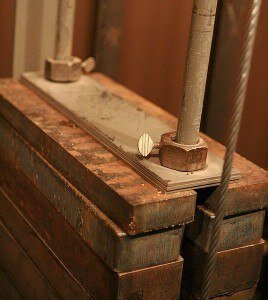Hey everyone,
We just had our first load-in of the season at my school yesterday. Myself and the LD (also his first year) discovered something that bothered us. We went up to load weight after loading the pipes, and discovered that none of the plates on ANY of the arbors had their lock bolts (thumb screws... whatever you want to call them...) in place. I am referring to the plate that slides down the rails after you have the weight in place to keep them from moving.
What do you guys think about this? Is it normal? We both think we need to get them replaced ASAP, but really have no way to know what size bolts to buy. Is it a standard size? Any assistance or advice you can offer would be greatly appreciated.
Sent from my Galaxy Nexus using Tapatalk 2
We just had our first load-in of the season at my school yesterday. Myself and the LD (also his first year) discovered something that bothered us. We went up to load weight after loading the pipes, and discovered that none of the plates on ANY of the arbors had their lock bolts (thumb screws... whatever you want to call them...) in place. I am referring to the plate that slides down the rails after you have the weight in place to keep them from moving.
What do you guys think about this? Is it normal? We both think we need to get them replaced ASAP, but really have no way to know what size bolts to buy. Is it a standard size? Any assistance or advice you can offer would be greatly appreciated.
Sent from my Galaxy Nexus using Tapatalk 2






